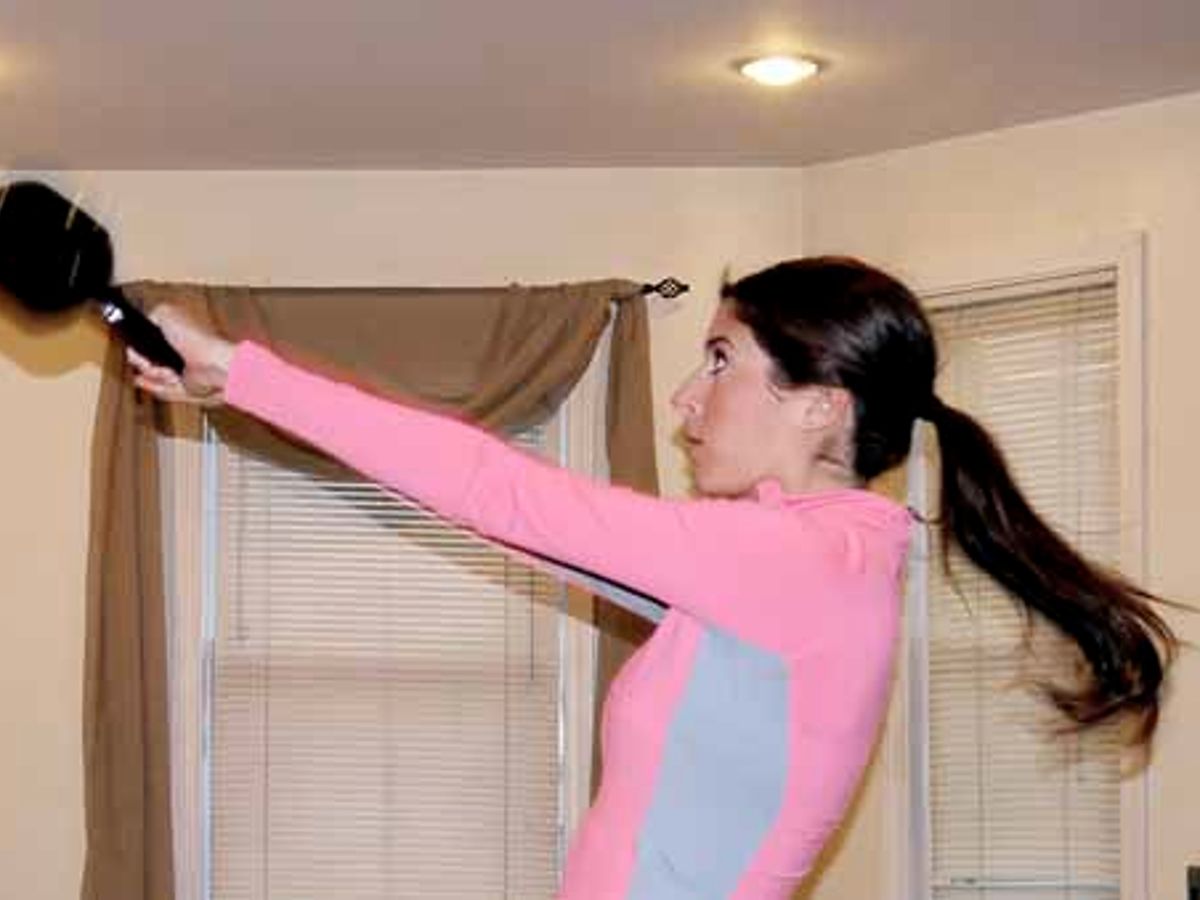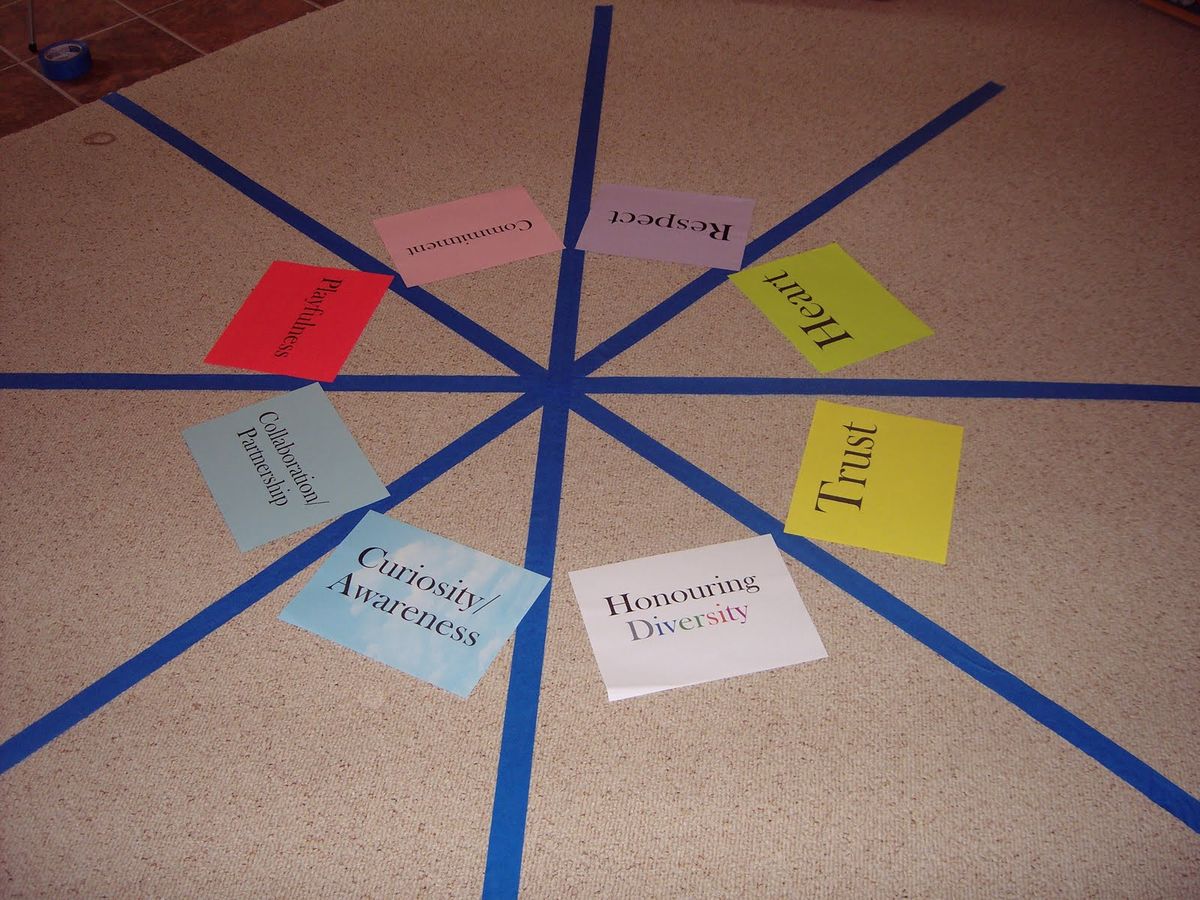High-Intensity Interval Training (HIIT) has revolutionized the fitness world with its promise of rapid results in minimal time. This comprehensive guide delves into the intricacies of HIIT, revealing how it can be an effective tool for maximizing weight loss. Whether you’re a beginner or an experienced fitness enthusiast, this guide will provide you with the knowledge and strategies you need to incorporate HIIT into your weight loss journey successfully.
Key Takeaways
- HIIT workouts are highly efficient, making them suitable for even the busiest schedules.
- The intense nature of HIIT helps in burning calories both during and after workouts, thanks to the afterburn effect.
- HIIT can significantly boost metabolism, aiding in faster weight loss.
- Incorporating a variety of exercises in HIIT can prevent workout monotony and target different muscle groups.
- Proper warm-up and cool-down are essential to prevent injuries and enhance recovery in HIIT workouts.
Understanding HIIT Workouts for Weight Loss

High-Intensity Interval Training (HIIT) is a workout method that involves short bursts of intense exercise followed by brief recovery periods. This approach challenges your body to work at maximum capacity, leading to increased calorie burning and improved cardiovascular fitness. HIIT workouts are short in duration and high in intensity, making them perfect for those with busy schedules.
HIIT is particularly effective at targeting fat stores. During the intense intervals, your body taps into stored fat for energy. The afterburn effect, also known as Excess Post-Exercise Oxygen Consumption (EPOC), continues to burn calories even after the workout is over. This makes HIIT a potent weight-loss tool that elevates resting metabolic rates and helps shed serious weight.
When compared to traditional cardio, HIIT offers several advantages:
- Time Efficiency: HIIT workouts can fit into even the busiest schedules.
- Effective Fat Loss: HIIT primarily targets fat stores, making it a top choice for those looking to shed excess body fat.
- Improved Cardiovascular Health: The intense intervals improve heart health more effectively than steady-state cardio.
HIIT is not just about burning calories; it’s about maximizing your workout efficiency and achieving better results in less time.
By incorporating HIIT into your fitness routine, you can enjoy a variety of engaging workouts that keep you motivated and on track to meet your weight loss goals.
The Science Behind HIIT and Weight Loss
Understanding the science behind HIIT helps demystify its effectiveness for weight loss. Let’s dive into the key aspects that make HIIT a powerful tool for shedding those extra pounds.
Caloric Burn Explained
HIIT burns a substantial number of calories in a relatively short time. The intense intervals increase your heart rate and demand more energy, resulting in a higher calorie expenditure during and after the workout. This makes HIIT a time-efficient way to burn calories compared to traditional cardio.
EPOC: The Afterburn Effect
One of the coolest things about HIIT is the afterburn effect, also known as Excess Post-Exercise Oxygen Consumption (EPOC). After a HIIT session, your body continues to burn calories at an elevated rate as it works to return to its resting state. This means you keep burning calories even after you’ve finished your workout!
HIIT and Metabolism
HIIT can give your metabolism a significant boost. The high-intensity intervals stimulate your body’s metabolic rate, helping you burn more calories throughout the day. This is particularly beneficial for weight loss, as a higher metabolism means your body is more efficient at burning fat.
Remember, the ultimate weight loss workout plan combines cardio, strength training, and nutrition for effective weight loss. HIIT is a key component of this structured plan.
In summary, the science behind HIIT shows that it’s not just about the calories you burn during the workout, but also the continued calorie burn and metabolic boost you get afterward. This makes HIIT a highly effective strategy for weight loss.
Getting Started with HIIT Workouts

To reap the maximum benefits from HIIT, it’s essential to design effective workouts. Here’s how to get started:
Choosing the Right Exercises
When it comes to HIIT, variety is key. You want to mix up your routine to keep things interesting and target different muscle groups. Some of the best beginner HIIT workouts you can do at home include exercises like jumping jacks, burpees, and bodyweight squats. These exercises are great because they require no equipment and can be modified to suit your fitness level.
Setting Up Your Interval Timers
Timing is everything in HIIT. You’ll need a reliable interval timer to keep track of your work and rest periods. Start with shorter intervals of high-intensity work followed by longer rest periods, especially if you’re new to HIIT. For example, you might do 20 seconds of intense exercise followed by 40 seconds of rest. As you get fitter, you can gradually increase the work intervals and decrease the rest periods.
Warm-Up and Cool-Down Tips
Never skip your warm-up and cool-down. A proper warm-up prepares your muscles and joints for the intense workout ahead, reducing the risk of injury. Spend five to ten minutes on light cardio or dynamic stretching. After your workout, cool down with some static stretching to help your muscles recover and reduce soreness.
Remember, the first rule of every workout is to listen to your body. If something doesn’t feel right, it’s okay to take a break or modify the exercise.
Effective HIIT Workouts You Can Try
Beginner-Friendly Routines
Starting with HIIT can be intimidating, but beginner-friendly routines make it accessible for everyone. Here’s a simple 20-minute workout to get you started:
- 30 seconds of jumping jacks
- 15 seconds of rest
- 30 seconds of bodyweight squats
- 15 seconds of rest
- 30 seconds of push-ups (on knees if needed)
- 15 seconds of rest
- 30 seconds of mountain climbers
- 15 seconds of rest
Repeat this circuit 4 times with a 1–2 minute rest between each round.
Advanced HIIT Challenges
For those looking to push their limits, advanced HIIT challenges can take your fitness to the next level. These routines often include more complex movements and longer intervals. Here’s a sample advanced routine:
- 40 seconds of burpees
- 20 seconds of rest
- 40 seconds of high knees
- 20 seconds of rest
- 40 seconds of squat jumps
- 20 seconds of rest
- 40 seconds of high plank hold
- 20 seconds of rest
Repeat this circuit 5 times with a 1–2 minute rest between each round.
Equipment-Free HIIT Workouts
No gym? No problem! Equipment-free HIIT workouts are perfect for those who prefer to exercise at home or on the go. These routines rely on bodyweight exercises that are just as effective. Try this equipment-free workout:
- 30 seconds of reverse lunges
- 15 seconds of rest
- 30 seconds of mountain climbers
- 15 seconds of rest
- 30 seconds of jumping jacks
- 15 seconds of rest
- 30 seconds of push-ups
- 15 seconds of rest
Repeat this circuit 4 times with a 1–2 minute rest between each round.
Remember, shorter HIIT workouts can be mentally motivating. Knowing that you only need to commit to a brief but intense workout can help you stay consistent and maintain motivation.
Combining HIIT with a Healthy Diet
Nutritional Tips for Weight Loss
When it comes to maximizing weight loss with HIIT, nutrition plays a crucial role. It’s not just about the workouts; what you eat can significantly impact your results. Here are some tips to keep in mind:
- Balanced Diet: Ensure your meals include a mix of proteins, carbs, and healthy fats.
- Portion Control: Be mindful of your portion sizes to avoid overeating.
- Frequent Meals: Eating smaller, more frequent meals can help keep your metabolism active.
Pre- and Post-Workout Nutrition
Fueling your body properly before and after your HIIT sessions is essential. Before your workout, opt for a light snack that includes carbs and protein, like a banana with peanut butter. Post-workout, focus on replenishing your energy stores and repairing muscles with a meal rich in protein and carbs.
Remember, combining time-restricted eating with intense exercise routines can burn fat and provide significant health benefits.
Hydration and Recovery
Staying hydrated is vital for any fitness routine, especially HIIT. Drink plenty of water throughout the day and consider electrolyte-rich drinks if you’re sweating a lot. Proper hydration aids in recovery and helps maintain performance levels.
| Time of Day | Hydration Tip |
|---|---|
| Morning | Start your day with a glass of water |
| During Workout | Sip water throughout your session |
| Post-Workout | Rehydrate with water or an electrolyte drink |
Ensuring you are adequately fueled before each workout and replenishing lost fluids and nutrients afterward is key to a successful HIIT program.
Common Mistakes to Avoid in HIIT Workouts
When it comes to HIIT workouts, there are a few common mistakes that can really set you back. Let’s dive into some of these pitfalls and how to avoid them.
Overtraining and Injury Prevention
One of the biggest mistakes people make is overtraining. It’s easy to get caught up in the intensity of HIIT and forget that your body needs time to recover. Overtraining can lead to injuries and burnout, so make sure to listen to your body and incorporate rest days into your routine.
Proper Form and Technique
Maintaining proper form is crucial to avoid injuries and get the most out of your workouts. If you’re unsure about your form, consider working with a fitness professional. They can help you ensure that you’re doing the exercises correctly and safely.
Balancing HIIT with Other Exercises
While HIIT is fantastic for burning calories and improving cardiovascular health, it’s important not to neglect other forms of exercise. Incorporate strength training, flexibility exercises, and even some steady-state cardio to create a well-rounded fitness routine.
Remember, the key to a successful HIIT program is balance. Don’t push yourself too hard, and make sure to mix things up to keep your workouts interesting and effective.
Tracking Your Progress with HIIT

Tracking your progress is crucial when it comes to HIIT workouts. It helps you stay motivated and ensures you’re on the right path to achieving your weight loss goals. Here are some tips and tools to help you keep track of your progress effectively.
HIIT for Different Fitness Levels
Modifying Workouts for Beginners
When you’re just starting with HIIT, it’s crucial to ease into the routines. Begin with shorter work intervals and longer rest periods. This approach helps build endurance gradually without overwhelming your body. For instance, you might start with 20 seconds of high-intensity exercise followed by 40 seconds of rest. As you get more comfortable, you can adjust these intervals to increase the intensity.
Increasing Intensity for Advanced Users
For those who are more experienced, HIIT can be ramped up to keep challenging your body. You can incorporate more complex movements or reduce rest periods to keep your heart rate up. Advanced users might also add weights or resistance bands to their workouts to further enhance the intensity. Remember, the goal is to push your limits while maintaining proper form to avoid injury.
HIIT for Special Populations
HIIT is incredibly versatile and can be adapted for various fitness levels and special populations. Whether you’re an older adult, pregnant, or dealing with a specific health condition, there are ways to modify HIIT to suit your needs. Always consult with a healthcare provider before starting any new exercise regimen, especially if you have underlying health concerns. The key is to listen to your body and make adjustments as needed to ensure a safe and effective workout.
HIIT workouts can be tailored to individual fitness levels, allowing everyone to experience the benefits of accelerated fat burning.
Staying Motivated with HIIT Workouts

Staying motivated with HIIT workouts can be a challenge, but it’s definitely doable with the right strategies. Here are some tips to keep you going strong on your fitness journey.
The Role of Rest and Recovery in HIIT
Importance of Rest Days
Rest days are crucial for allowing your body to recover and adapt to the intense demands of HIIT. Skipping rest days can lead to overtraining and exhaustion, which can hinder your progress and increase the risk of injury. Make sure to balance your HIIT workouts with low-impact activities or complete rest days to facilitate muscle repair and recovery.
Active Recovery Techniques
Active recovery involves engaging in low-intensity exercises like walking, jogging, or gentle stretching. These activities help gradually restore your heart rate and breathing, promoting better circulation and reducing muscle tension. Incorporating static stretches that target the muscles you worked during the HIIT session can also improve flexibility.
Listening to Your Body
It’s essential to listen to your body and recognize the signs of overtraining. If you feel unusually fatigued, sore, or notice a decrease in performance, it might be time to take a step back and allow for more recovery. Remember, rest is just as important as the workout itself in maximizing the benefits of HIIT.
Balancing intensity and recovery is key to preventing overexertion and reducing the risk of injury. Make sure to design your routine with challenging intervals and adequate rest or active recovery periods.
Success Stories: Real People, Real Results
Inspiring Weight Loss Journeys
-
Sarah’s Transformation: Sarah, a busy working professional, struggled to find time for regular exercise. She incorporated 20-minute HIIT sessions into her routine, focusing on bodyweight exercises and intense intervals. Over several months, Sarah experienced significant improvements in her fitness level, noticeable weight loss, and increased energy throughout the day.
-
John’s Remarkable Journey: John, a 45-year-old father of two, managed to lose 30 pounds in six months with consistent HIIT workouts. “I used to think I had no time for exercise, but HIIT proved me wrong. It’s the best thing I’ve done for my health and confidence,” he shares.
Tips from HIIT Success Stories
- Consistency is Key: Both Sarah and John emphasized the importance of sticking to their HIIT routines, even on busy days.
- Mix It Up: They found that varying their exercises kept things interesting and prevented burnout.
- Listen to Your Body: Paying attention to how their bodies responded helped them avoid injury and stay motivated.
How to Share Your Own Story
Sharing your HIIT success story can inspire others and keep you motivated. Here’s how you can do it:
- Document Your Journey: Keep a journal or take photos to track your progress.
- Join Online Communities: Platforms like fitness forums or social media groups can be great places to share your experiences.
- Be Honest and Realistic: Share both your successes and challenges to provide a balanced view.
We will look at their success stories, the science behind HIIT, and how you can incorporate this style of training into your own fitness routine. Whether you are just starting or looking to take your workouts to the next level, these real-life examples can provide the motivation you need.
Conclusion
In a nutshell, HIIT workouts are a game-changer for anyone looking to lose weight efficiently. They pack a punch in a short amount of time, making them perfect for busy schedules. Plus, the variety of exercises keeps things interesting, so you’re less likely to get bored. Just remember to listen to your body, stay consistent, and consult a healthcare provider if you have any concerns. With HIIT, you’re not just working out; you’re transforming your lifestyle. So, lace up those sneakers and get ready to sweat your way to a healthier, fitter you!
Frequently Asked Questions
What is HIIT?
HIIT stands for High-Intensity Interval Training. It involves short bursts of intense exercise alternated with low-intensity recovery periods. This type of workout is highly effective for burning fat and improving cardiovascular health.
How does HIIT help with weight loss?
HIIT helps with weight loss by significantly increasing your heart rate and burning a large number of calories in a short amount of time. It also boosts your metabolism, which can lead to continued calorie burn even after the workout is over.
How often should I do HIIT workouts for weight loss?
For optimal weight loss results, it is recommended to do HIIT workouts 3-4 times per week. This allows your body to recover between sessions while still providing enough intensity to see results.
Can beginners do HIIT workouts?
Yes, beginners can do HIIT workouts. It’s important to start with shorter intervals and lower intensity exercises and gradually increase the difficulty as your fitness level improves.
Do I need any equipment for HIIT workouts?
No, many HIIT workouts can be done without any equipment. Bodyweight exercises like jumping jacks, burpees, and high knees are commonly used in HIIT routines. However, equipment like dumbbells, kettlebells, or resistance bands can be incorporated to add variety and increase intensity.
What should I eat before and after a HIIT workout?
Before a HIIT workout, it’s best to eat a small meal or snack that includes carbohydrates and protein, such as a banana with peanut butter or a protein smoothie. After the workout, refuel with a balanced meal that includes protein, carbs, and healthy fats to aid in recovery and muscle repair.
Can HIIT workouts be done every day?
It’s not recommended to do HIIT workouts every day because your body needs time to recover. Overtraining can lead to injuries and burnout. Aim for 3-4 HIIT sessions per week and incorporate other forms of exercise like strength training or yoga on the other days.
How long should a typical HIIT workout last?
A typical HIIT workout can last anywhere from 15 to 30 minutes. The key is the intensity of the workout, not the duration. Short, intense bursts of exercise followed by rest periods are what make HIIT effective.
- Sustainable Weight Loss Strategies: Achieving Long-Term Success – June 16, 2024
- Cycling for Weight Loss: Pedal Your Way to a Healthier You – June 15, 2024
- Weight Loss Coaching: Personalized Guidance for Effective Results – June 15, 2024




